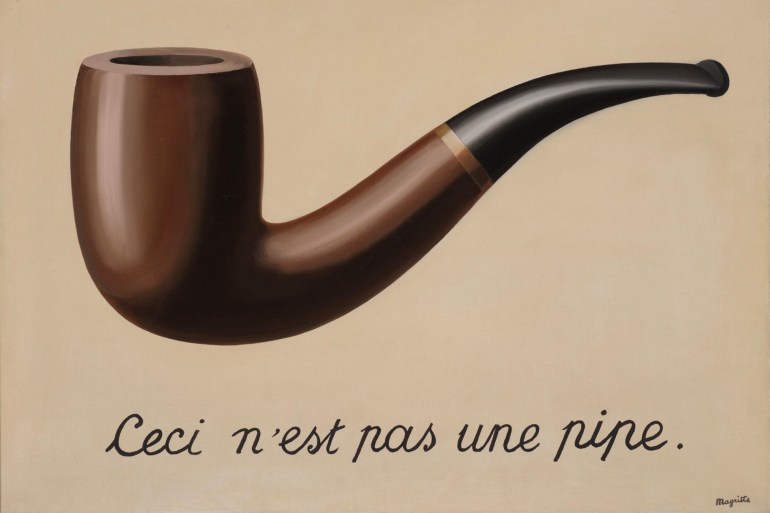It usually comes to mind that the greatest - if not the only - benefit of the artwork is that it is a means of entertaining the viewer, whatever the type of work.
This aspect of any artwork is, of course, true, but it is not the most important or the only aspect. The great benefit of any artwork is the positive impact it leaves on the viewer's personality.
This opinion is confirmed by the American Journal of Arts and Sciences, where it came in the study published under the title “Between Art and the Brain” that negative emotions such as depression may be diminished and mitigated. He triumphs over truth, justice, goodness or any of the higher values in the end.
The same applies to books, poems, paintings and other works of art. The funny or comic work, although it is quick to influence and spreads some joy in the soul, has a short-term effect, while the effect of work with a philosophical theme and deep meanings may last for life.
Creative thinking
The faculty of creative thinking in and of itself is not hostage to a certain age stage, but on the contrary, it is a pattern of thinking that a person follows in all the events of his daily life.
This way of thinking must be ingrained within one from childhood.
And here comes the role of art, which can develop that skill, according to art critic Scott Legon. Immersion in understanding a work of art not only helps one sharpen his mental abilities to understand the content, but affects him psychologically to a large extent, and here comes the second benefit of art.
accept criticism
One of the easiest and easiest ways to develop acceptance of criticism is to look closely at art, including the types of art we do not understand, according to art historian Gregory Menisal.
The reason for this is that people can view art as a puzzle, and trying to understand this kind of perplexing art becomes akin to working through mathematical proof.
There are many artworks that present visual paradoxes to the viewer.
One example is the Belgian surrealist painter René Magritte's "This Is Not a Pipe" (Ceci n' est pas une pipe, 1928-1929), which, despite the simplicity of its content, "contradicts everything the brain has seen, learned and stored in its memory," as he puts it. Minisal.
Belgian Surrealist painter Rene Magritte's This Is Not a Pipe (Los Angeles County Museum of Art)
Reducing stress and depression
According to psychologist Elizabeth Scott, art is an effective way to relieve depression, stress, and express feelings.
Scott sees that there are many reasons why art is a great way to relieve stress even for those who don't consider themselves drawn to draw. The results of a 2016 study published in the Journal of the American Art Therapy Association - and cited by the previous source - found that just 45 minutes of Creative activity can reduce psychological stress or feelings of misery, regardless of artistic expertise or talent and no matter how off-standard the image may seem.
How do you start?
Libraries are filled with books of black and white drawings to facilitate the process of coloring and creativity for children.
These little books and stories are just as good for adults as for kids. According to Elizabeth Scott, express what's on your mind through coloring, even if it's just meaningless scribbles.
Try keeping a notebook and a pen by your bed, then write down everything that comes to your mind as soon as you wake up. Over time, these drawings will help you understand yourself more because you are expressing feelings that can be difficult to express through words.
Do not forget to draw the faces of those you love, or the places where you feel at peace, and with time you will see that you have a comprehensive guide explaining to you the nature of yourself and the things that bother or comfort you, and you may eventually come to what to do.

